You can’t go to Costa Rica and not be instantly aware of the stunning environment.
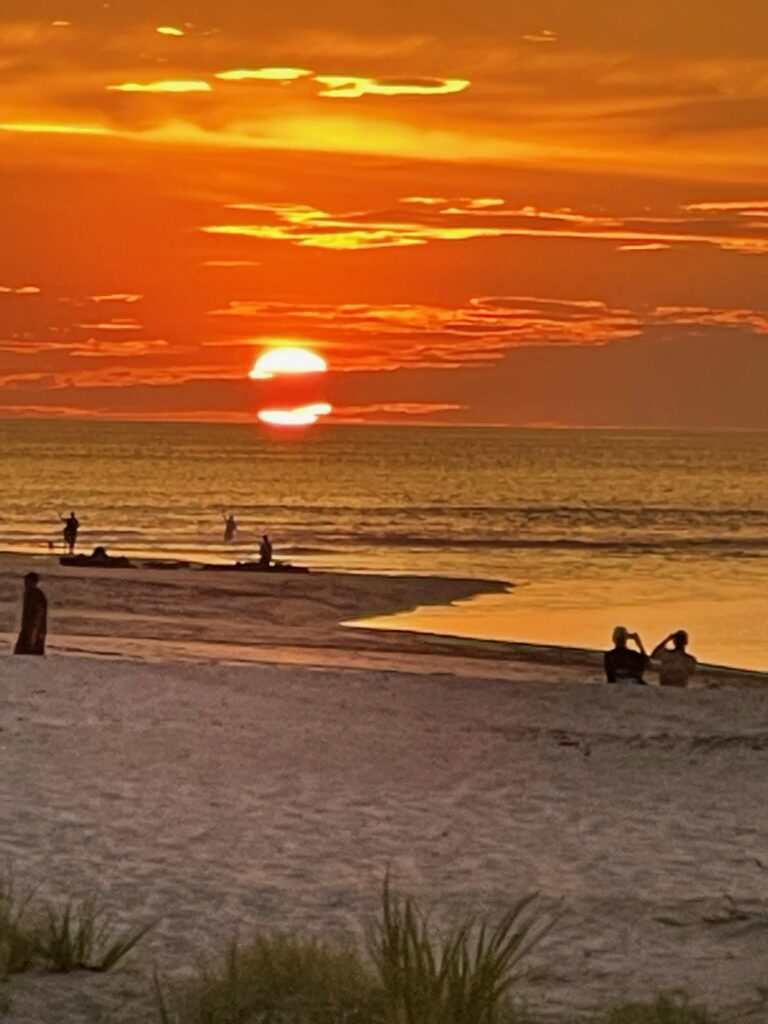
Two oceans, pristine beaches, numerous rivers, estuaries, plant life, lush rainforests, waterfalls, volcanos, stunning natural landscapes, jungle canopy, birds, animal life, to name a few.
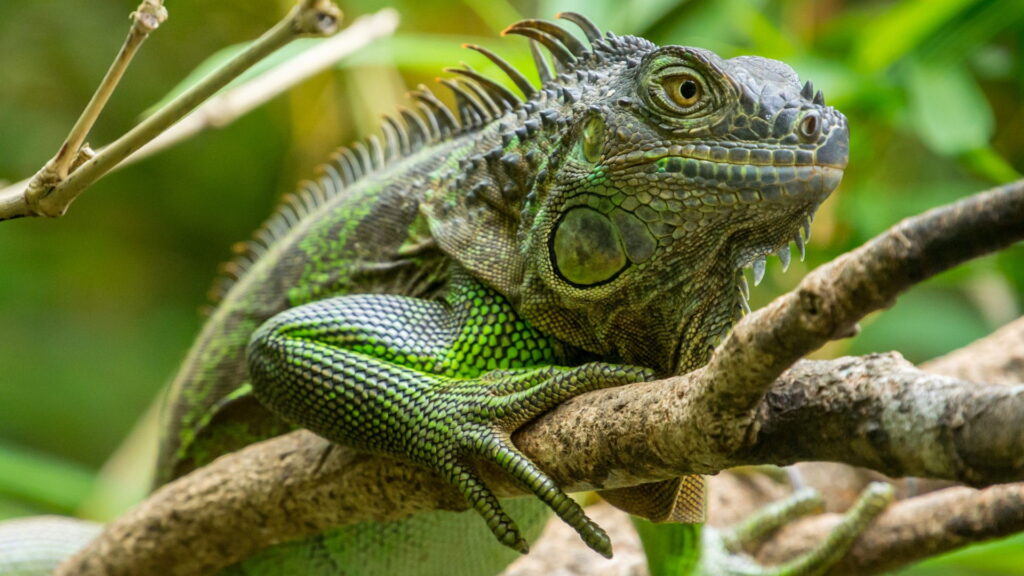
My kids and grandchildren on our recent spring break vacation got exposed to some of Costa Rica’s unique environment.

My curiosity got me to ask the question – is Costa Rica’s environment just an accident, a lucky accident, of nature, or has Costa Rica consciously taken actions that ensure their environmental benefits continue.
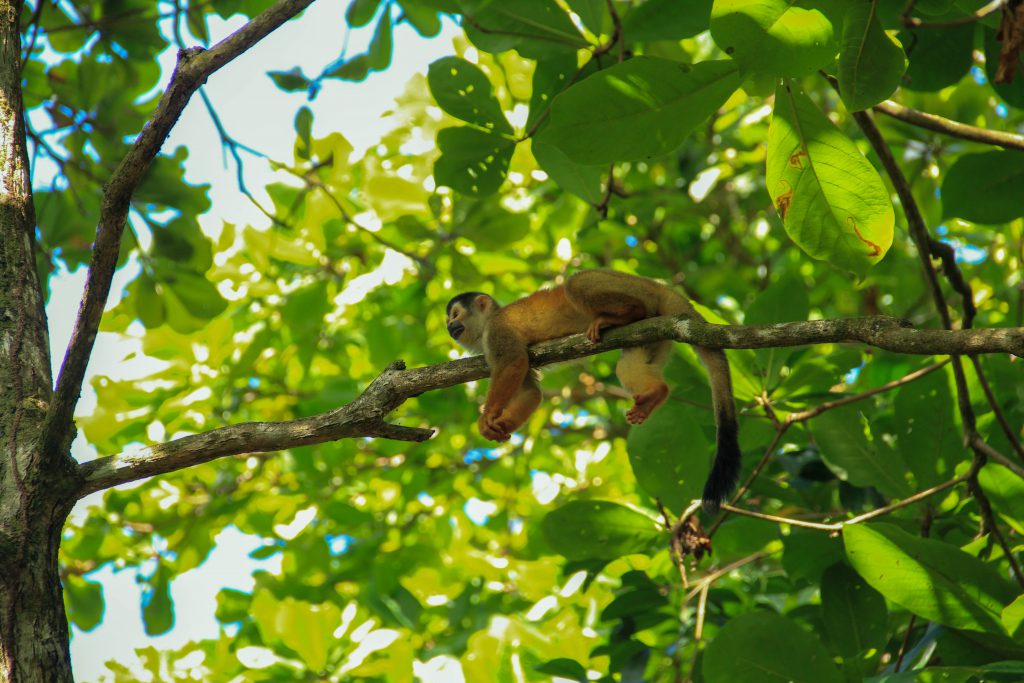
What I have learned is that Costa Rica has some natural advantages, but has indeed implemented several specific actions and policies to conserve and sustain their special environment.
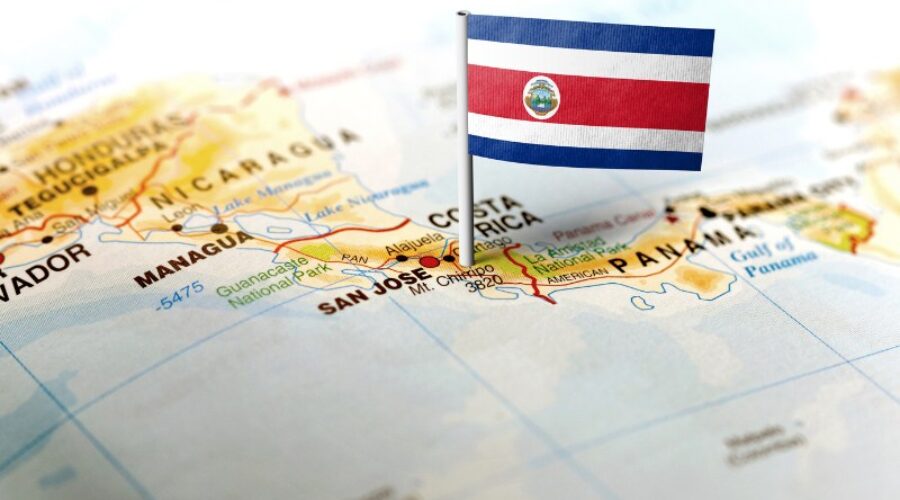
Some examples:
- Commitment to Renewable Energy:
-
- Costa Rica has made significant investments in renewable energy sources such as hydroelectric, wind, geothermal, and solar power.

- The country has consistently generated more than 98% of its electricity from renewable sources, making it one of the greenest energy systems in the world.
- Costa Rica has a geographic advantage over others in that its high concentration per capita of rivers, dams, and volcanoes allows for a high renewable energy output. In addition, Costa Rica is the fourth highest nation in terms of rainfall per capita: it receives an average of 9.6 feet of precipitation per year.
- Forest Conservation:
-
- Costa Rica has a strong commitment to forest conservation. The country has made significant progress in reversing deforestation through reforestation efforts and the establishment of protected areas.

- 60% of the country’s land is covered by forests. Of that some 23.9% is classified as primary forest which is the most biodiverse and carbon-dense form of forest.

- Costa Rica has designated over 28% of its land as protected areas, including national parks, reserves, and wildlife refuges.
- Biodiversity Conservation:
-
- Costa Rica is known for its exceptional and breathtaking biodiversity with a wide variety of ecosystems and species, and it has made efforts to conserve and restore these habitats.
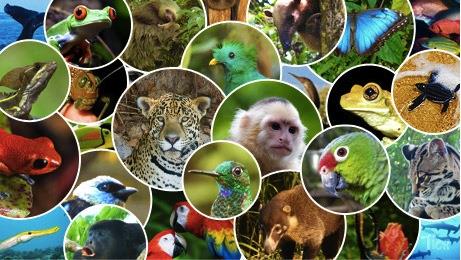
- Even though the country is only the size of West Virginia (.03% of the world’s land mass), it has 6% of the world’s biodiversity. This is notable because biodiversity creates a vast network of functioning ecosystems that serve to produce oxygen, improve air and water quality, as well as control troublesome pests.
- Carbon Neutrality Goals:
-
- In 2007, Costa Rica announced its goal to become carbon-neutral and have net zero emissions by 2050.
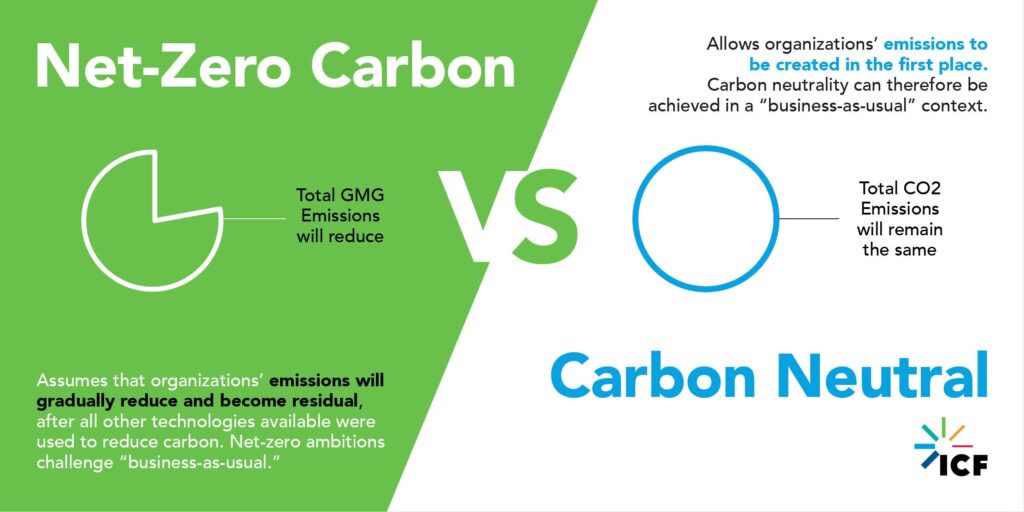
- The government has implemented various initiatives to reduce carbon emissions, promote reforestation, and increase the use of electric vehicles and sustainable transportation.
- CO2 emissions per capita in Costa Rica are 1.68 tons/person.
- Other initiatives:
-
- Costa Rica pioneered the concept of Payment for Ecosystem Services, where landowners receive payments for preserving forests, watersheds, and other natural resources.
- In 2018, Costa Rica announced a nationwide ban on single-use plastics, including bags, straws, and utensils, to combat plastic pollution.
- Costa Rica has embraced ecotourism as a sustainable economic activity that promotes environmental conservation and community development.
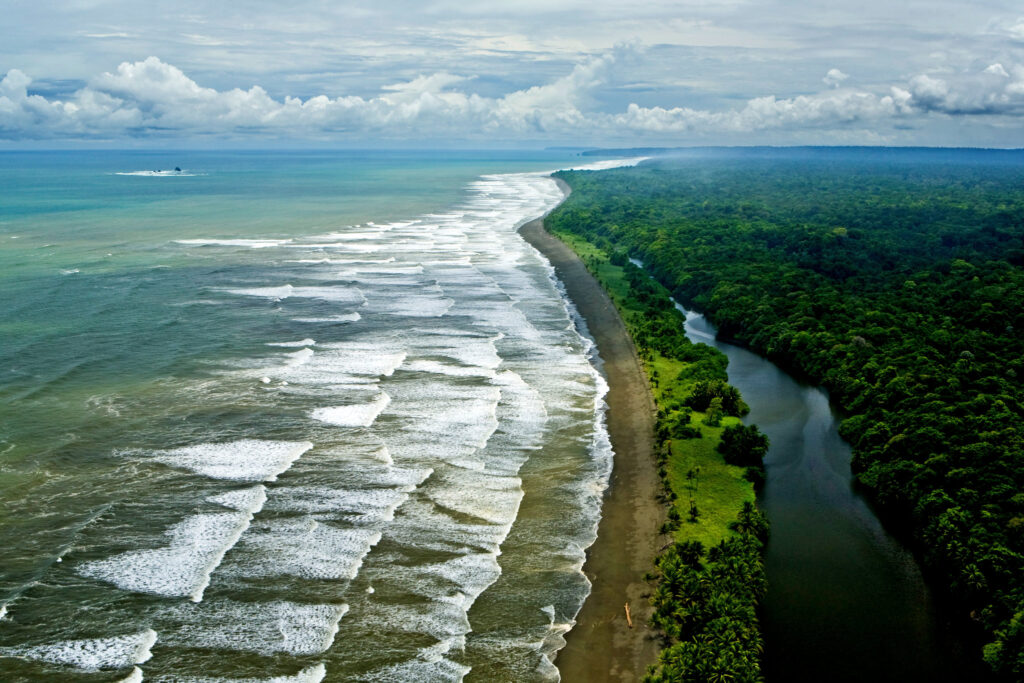
It is not like Costa Rica has no environmental problems. In fact, Costa Rica, despite its efforts in environmental conservation, faces several significant environmental degradation issues:
- Deforestation:
-
- Deforestation is a major concern in Costa Rica, primarily due to agricultural expansion, illegal logging, and urbanization.
- 33% of the land today is still used for cattle pastures.
- Water Pollution:
-
- Water pollution from agricultural runoff, untreated sewage, and industrial activities poses a threat to Costa Rica’s freshwater ecosystems.
- We visited American friends whom have relocated and now live in Costa Rica. They drink the water from the tap. Nevertheless, my spring break crew chose to drink only bottled water during our stay.
- Air Pollution:
-
- Air pollution, especially in urban areas like San José, is a growing concern due to vehicle emissions, industrial activities, and biomass burning.
- Costa Rica has the 3rd highest rate of car ownership of all the Latin American countries. More than 50% of its air pollution comes from the transportation sector.
- Habitat Destruction:
-
- Habitat destruction, including wetland drainage, coastal development, and infrastructure projects, threatens the survival of many plant and animal species in Costa Rica.
- Climate Change:
-
- Costa Rica is vulnerable to the impacts of climate change, including rising temperatures, changes in precipitation patterns, and more frequent extreme weather events.
- Illegal Wildlife Trade:
-
- Illegal wildlife trade, driven by demand for exotic pets, animal parts, and traditional medicines, threatens many species in Costa Rica, including endangered animals like sea turtles, jaguars, and parrots.
Nevertheless, the accomplishments of the country of Costa Rica in its environmental initiatives are impressive.
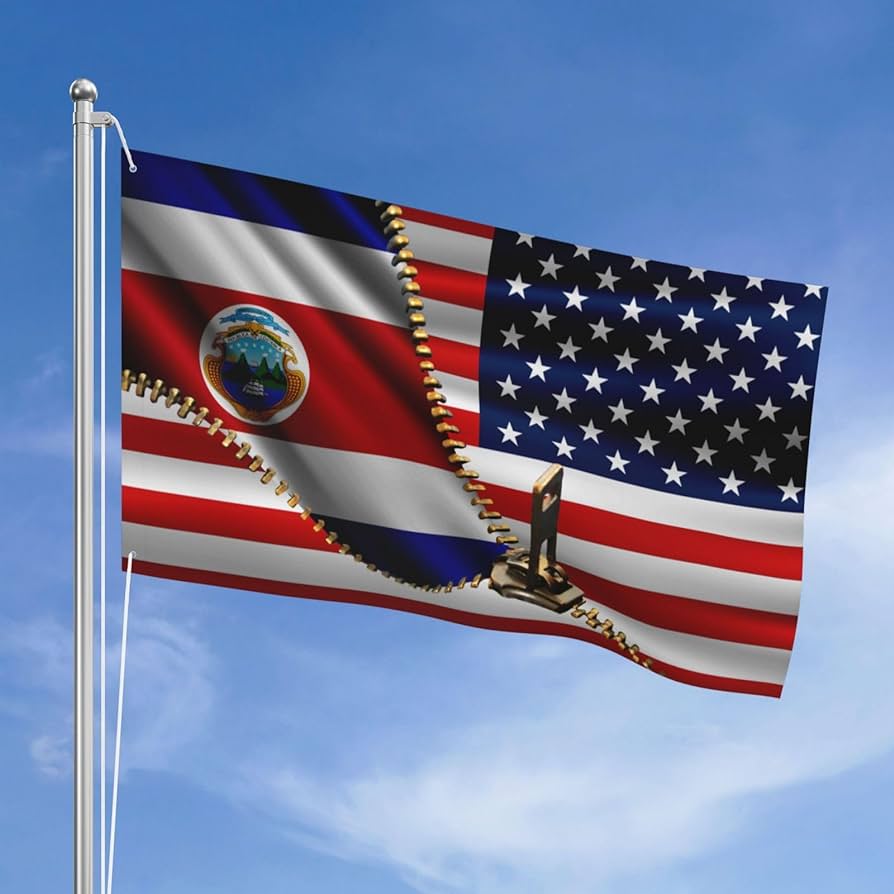
Particularly so when compared against what the United States is doing in each of these areas of environmental concern.
- For example, with respect to renewable energy usage, the US is at 20% compared to Costa Rica’s 98%.
- With respect to forested lands, 33% of the US is forested compared to 60% in Costa Rica. Of the amount of forested land in the US, some 24.8% is classified as primary forest which is almost identical to Costa Rica’s 23.9%.
- Lands permanently protected in the United States make up 12.9% of its land mass, which compares to 28% of Costa Rica’s land mass.
- The US has 13% of the world’s 1.5 million native species, which is significant, ranking it 10th in the world for the most biodiversity. That is two times what Costa Rica has (6%), but when land mass is taken into account the US is 74 times larger than Costa Rica.
- Carbon neutrality as measured by Worldometer in CO2 emissions has Costa Rica at 1.68 tons/person compared to the 15.32 tons/person in the United States.
Bottom line, both countries are clearly concerned about the environment. Both countries are consciously working on implementing policies and programs that not only preserve what we have but also improve the environment going forward. According to Green Match Costa Rica is ranked as the 7th greenest country in the world, while the United States is ranked 24th.
Costa Rica offers a model for what is possible. The country stands out in its exceptional, proactive commitment and follow up actions to preserve and improve the environment. It has the political will; a national ethos of pura vida, or pure life; and a constitution that recognizes a healthy environment as a right of citizenship.

My son Guy and my granddaughter Olive.
Thanks for compiling so much useful information to share. I have always wanted to visit Costa Rica primarily due to their pronounced commitment to the environment. So glad you all had such a wonderful trip!
Another great education, thanks Neil!
.
Many of my Canadian friends that go to CR as Snow Birds rave about it. We’ve only been once and that was only for a day off a Cruise Ship and well before Biden laid out the welcome mat for the massive influx of “undocumented” immigrants thru the southern border. Masses of them make their way north from South America via the Darien Gap by paying off Human Smugglers. They then continue on thru Panama and Costa Rica en route to the USA. Eventually some who don’t have cash pay by becoming “mules” for the Cartels moving illegal drugs into the USA. Did you see any of this action? Does CR directly or indirectly benefit (legally or illegally) from that flow of thousands thru their country each week? Be sure to google W5 Darien Gap and watch the episode called Narco Jungle. A brave Canadian reporter embedded in the migration goes thru the Gap and shows what really goes on. Don’t hold your breath for a CNN reporter to ever do this and actually report just what these people are exposed to because they’d have to let the American people see what actually just what is taking place.
That’s a really neat photo of the iguana (is than an iguana?)
There must be some kind of path all of these millions of immigrants take, they almost die going through the Darien Gap.. Neil was in Panama, Columbia and now Costa Rica in the last few months, he didn’t even mention all of the immigrants.. so they must be hidden from view on some obscure path with the snakes and the cartels selling the dope..
I enthusiastically echo everything about your report on Costa Rica. In 2007, Eunice and I took a cruise through the Panama Canal ending with a several day bus tour of Costa Rica, guided by two indigenous graduate students who were both informative and delightful (including seeing the active volcanos!). Food was quite good and sightseeing great. The country was something of a revelation—peaceful (they don’t have an Army!), highly educated, quite modern in infrastructure, determinedly democratic, aggressively ecological, and with large numbers of retired Americans permanently there because of all that. I’m impressed that you have such thorough numbers on so much of this (where’d you dig them out from?). It’s remarkable, too, that so little of any this is reflected in American popular and serious media. We hear about the failed state of Haiti, communism in Cuba, leftists in Venezuela, dictators and coups galore over the decades, and wondrous ruins in Yucatán and Peru (Machu Picchu, which I visited in the late 70s),—but not much about a country like Costa Rica that seems to work well!
Pura Vita,
Gentle surf and kind people, CR is wonderful !!!